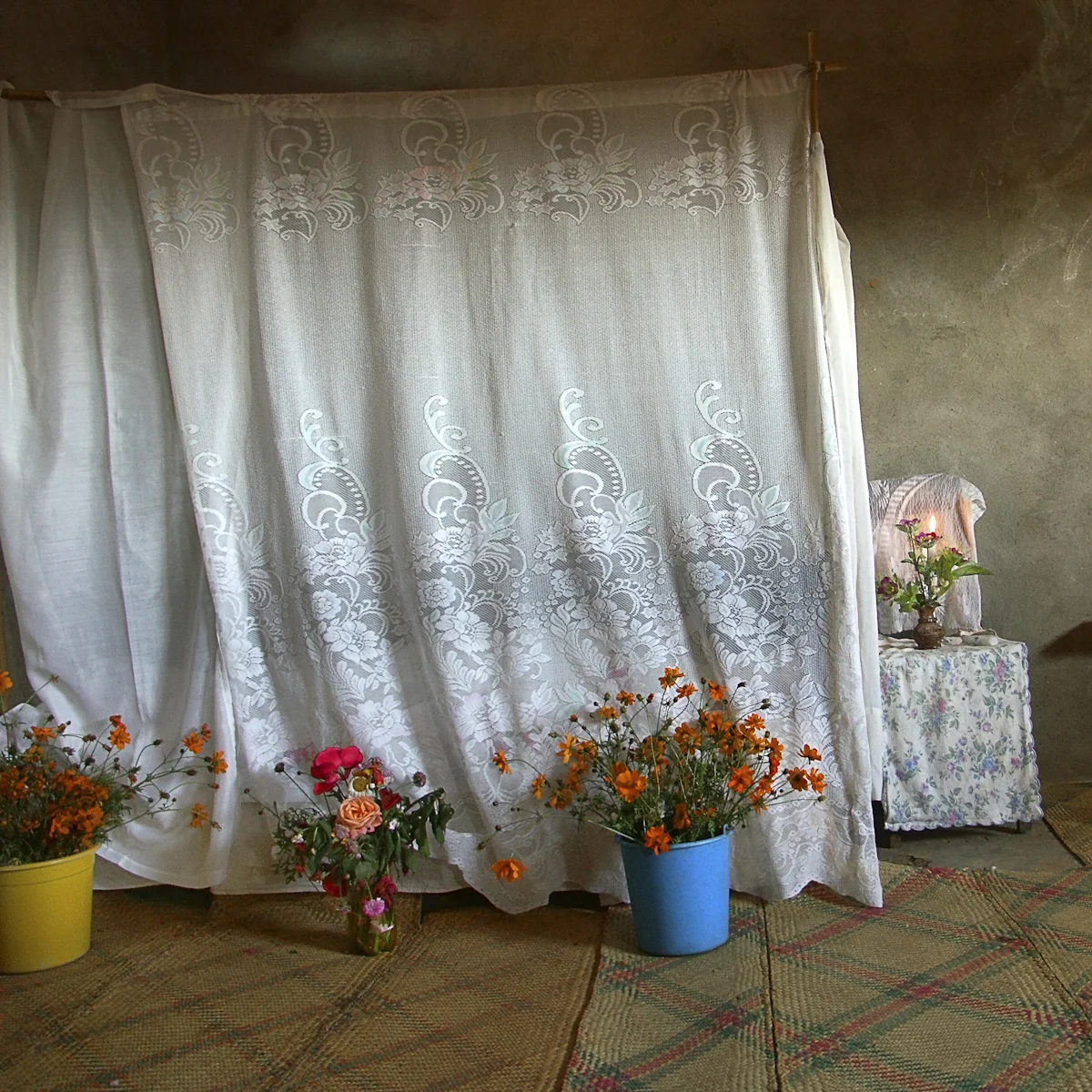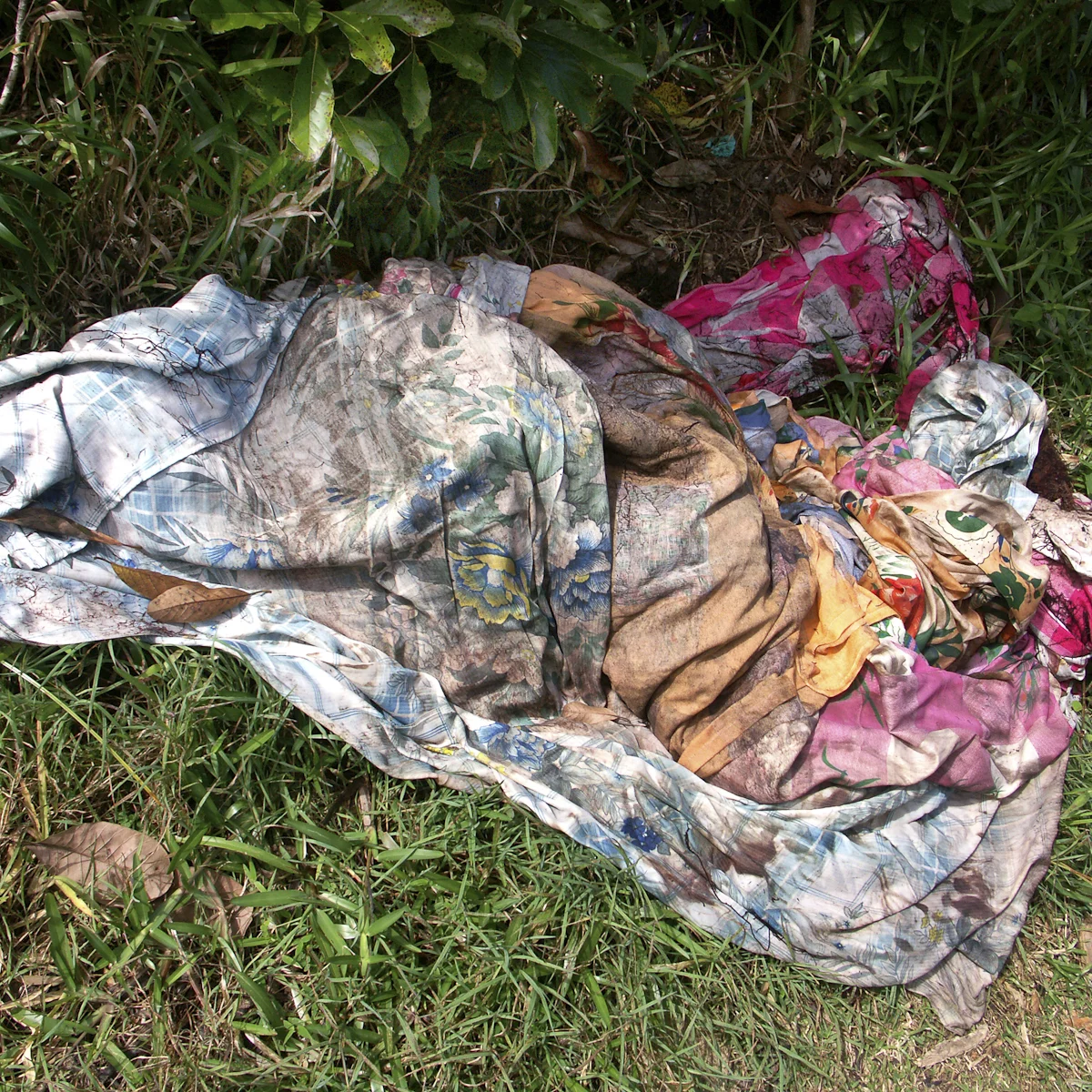Tanindrazana / The Ancestors’ Land
2005
Fatima Mujcinovic opens her essay on the experience of exile with Edward Said’s statement, “a rift between a human being and a native place often results in an alienation from the self”. She maintains “this absence of a strong grounding engenders feelings of uprootedness and non-belonging, [placing] exiles in a continuous state of lack and confining them to the space of absence and loss, “a perilous territory of not-belonging.”
One cannot ignore the fact that the notion of lack mentioned by Edward Said is powerfully present in this collection of photographs. In fact, as Malala Andrialavidrazana says in her introduction, this series is an exile’s “intimate vision” of a complex concept: the “tanindrazana”. This term, which can be literally translated as ancestors’ land, refers at the same time to the place where one was born and where one’s ancestors are buried.
The first striking thing upon looking at the series is the overwhelming feeling of emptiness and desolation it communicates. However, a closer scrutiny reveals that Tanindrazana is more than an articulation of the feeling of void inherent to exile; it also conveys the idea of hope and rebirth. Malala Andrialavidrazana’s perception of the native land can thus be formulated as follows: for the exile, the native land is not simply a meaningless and lost place; it can also be a place of regeneration.
The photographer’s talent lies in part in her capacity to capture those rare moments in Malagasy everyday life where spaces, time or life itself seem empty. Together with the motif of ruin, the images of silence and desert contribute to this dominant theme of emptiness. Silence is materialized by the omnipresence of rocks, which range from the grey blocks surrounding Southern tombs to the piled rocks found in cemeteries. Despite their different colors, sizes and locations, those rocks have one significant thing in common: they offer nothing to viewers but their barren, impenetrable surfaces.
By giving prominence to Malagasy funeral customs, the final and most important representation in this work is death itself. In a nutshell, the photographer’s portrayal of exhumation sheds light on another aspect: within this ritual context which symbolizes reversal and change, death is no longer considered as the end; it’s rather a locus of renewal. Its multiple significance is in fact a metaphor for the overall meaning of Tanindrazana. Malala Andrialavidrazana has captured the idea of contrast, which is the very essence of her native land.
Extracts from "Tanindrazana: Perception of the Native Land" by Zoly Rakotoniera, University of Antananarivo.




